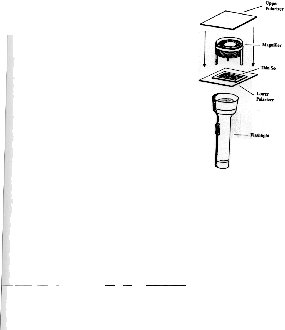


| Sample | Plain-Polarized Light Observations | Draw a few crystals |
|
1 |
|
|
|
2 |
|
|
|
3 |
|
|
|
4 |
|
| Sample | Cross-Polarized Light Observations | Draw a few crystals |
|
1 |
||
|
2 |
||
|
3 |
||
|
4 |
| Difference | Identify 2 slides
you are comparing |
Description |
| 1 |
|
|
| 2 |
|
|
| 3 |
|
|
| 4 |
|
| Rock A Mineral Name | Percent in Field |
|
|
|
|
|
|
|
|
|
|
|
|
|
|
| Rock B Mineral Name | Percent in Field |
|
|
|
|
|
|
|
|
|
|
|
|
|
|
| Slide # | Rock Type | Evidence | Observable minerals
or unique characteristic |
| #1
|
|||
| #2
|
|||
| #3
|
|||
| #4
|
|||
| #5
|
|||
| #6
|
|||
| #7
|
|||
| #8
|
|||
| #9
|